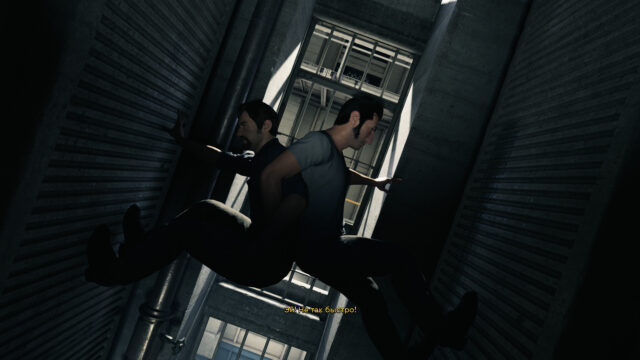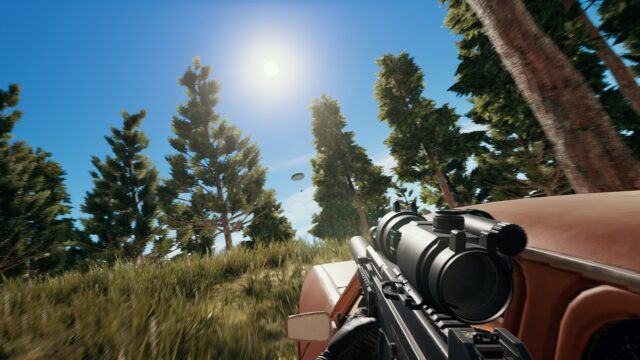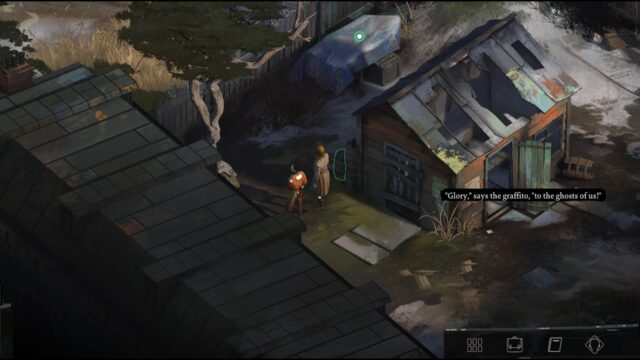Island of Unrealized Hopes – The Witness Review
The Witness has been talked about too much for an average indie game. So much so that it has been compared to the Myst series and given a prestigious place in the quest pantheon. So much so that now it comfortably fits among seasonal blockbusters and is nestled somewhere between The Division and the upcoming XCOM sequel on the trends list.
So much so that its mediocrity somehow went unnoticed. The dedication with which Jonathan Blow has worked since the release of Braid. denied himself the luxury of going to the toilet In order to give us an adventure puzzle of our dreams as quickly as possible, it instilled in the masses some supernatural confidence in the quality of the final product – as if a person with such dedication could not do a bad job. It turned out that the dreams of an independent developer are about as good as the bottle where he has been writing all this time.
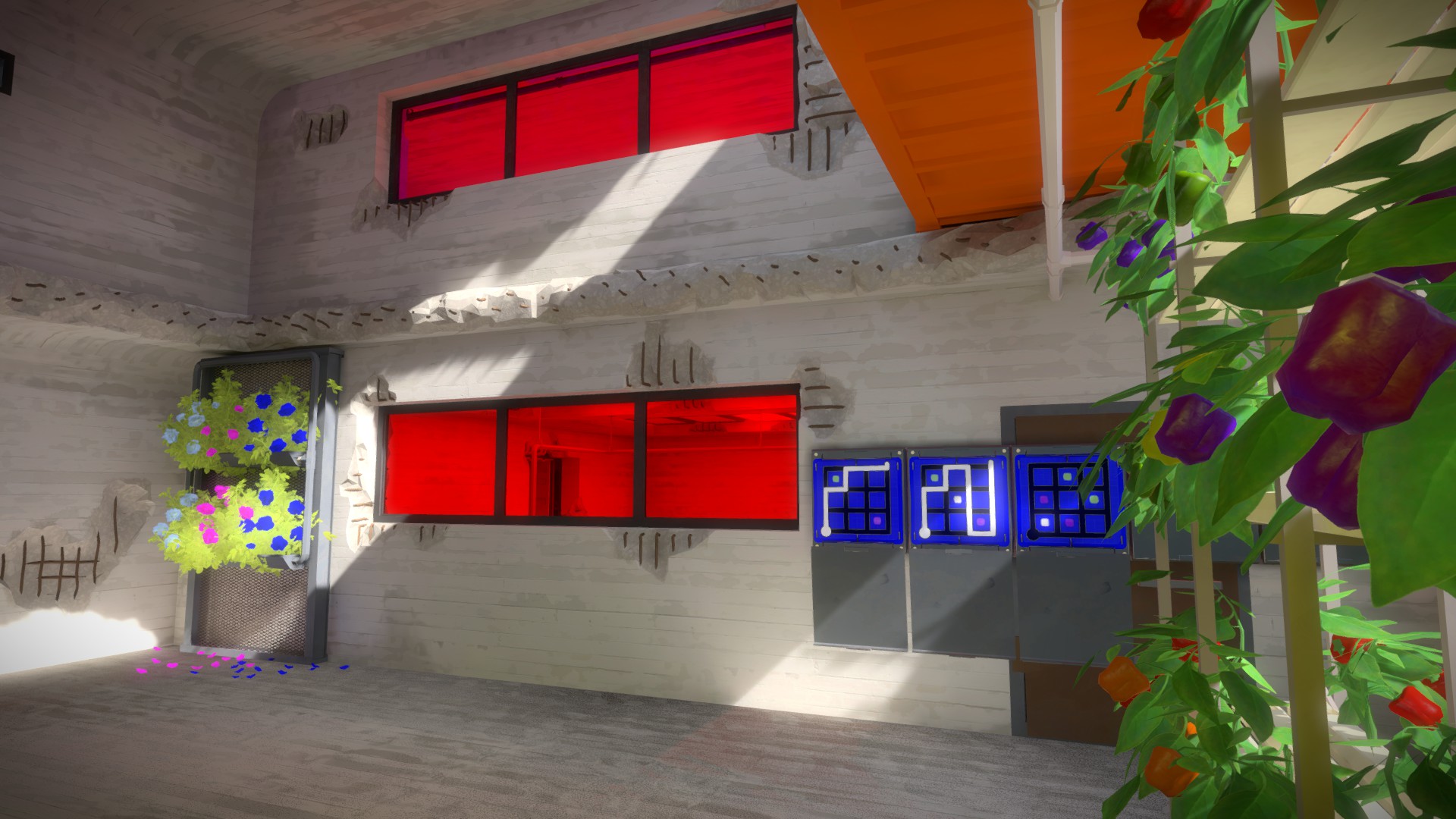
The part with the puzzles seems to have turned out well. No wonder – The Witness lives and breathes thanks to them. Absolutely all interaction with the environment here is built on panels with a field of arbitrary shape, from one point of which you need to draw a line to another. There are only two basic conditions: it should not be interrupted and it should not intersect with itself. The correct solution is rewarded, for example, with an open gate or a bridge leading to the house opposite, where the next challenge awaits you – and new rules.
Naturally, the game constantly introduces additional elements into the mechanics and goes to great lengths not to appear accidentally boring like “Snake”. Soon after leaving the introductory area, the puzzles become adorned with all sorts of symbols that force you to change and complicate obvious routes. You can no longer draw a straight line on a field where there are black diamonds – they imply that the line must pass through them. Or, for example, stars that refuse to exist except in pairs. The same goes for colored squares – if the outline does not divide them into corresponding groups, you will not be able to proceed.
Thus, one after another, nuances are added to the primitive, seemingly basic structure and create impressive obstacles on the path to the goal. Tiny mazes turn into mind-boggling combinations, where each symbol must be correctly understood and taken into account in the overall picture. On paper, triangles and crosses may not sound so impressive, but try to understand what is happening here right now.
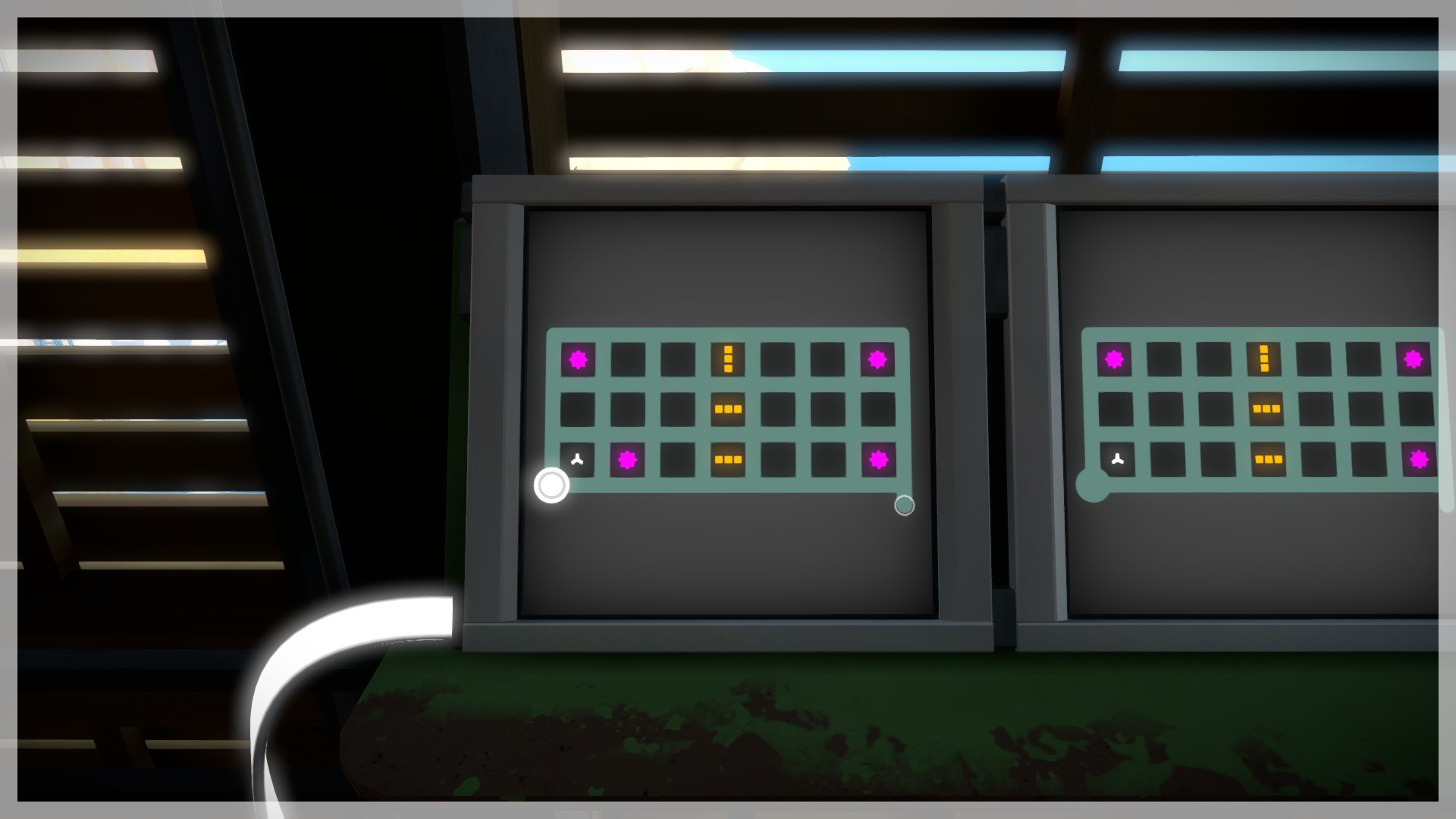
And here’s what’s cool about The Witness – at first acquaintance, it excellently builds complexity and establishes contact with the player. There are no straightforward tutorials explaining everything – the training is also entirely organized within the framework of puzzles, only extremely simple and focused on a specific aspect of gameplay. Usually, it’s a series of five or six tasks, during the solution of which a certain detail is completely assimilated and organically integrated into the existing set – as if without outside help. All the crutches have a very subtle, contextual nature, which creates an interesting feeling of continuous self-improvement, almost like intellectual enrichment: here, a minute ago, I didn’t know how to draw squares, and now I can draw whole figures. And in the end, can there be anything better than the beautiful moment of realizing that you have grasped a new principle with your own mind, even if it’s spoon-fed for the slow-witted?
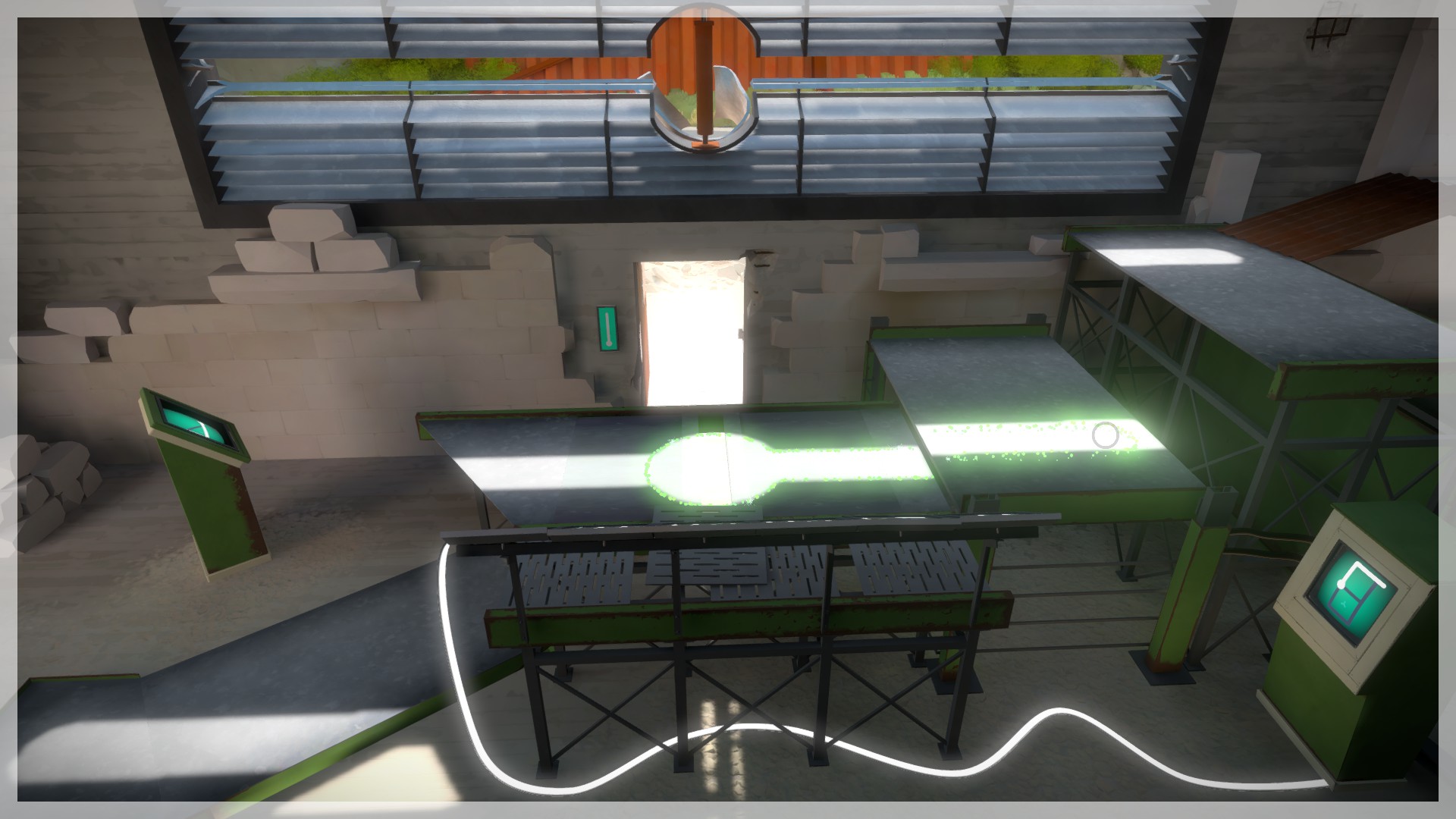
Secret puzzles are integrated right into the environment.
Unfortunately, despite the variety of means, the game often degenerates into blatant puzzle stamping and forgets all about inventiveness. Yes, it has elegant techniques like trees casting shadows on boards in the shape of accurate trajectories, or playing with perspective, and it is genuinely interesting to guess what the catch is. However, when the revelation finally comes, it abruptly changes its face and throws at you another couple dozen riddles with identical conditions – just in case luck was on your side the first five times. And if there were no problems even with the additional load, they are sure to be arranged with ugly tricks. What a misfortune – the branch broke off exactly at the crucial turn, how could this happen! Oh, is your screen flickering with the maze? Poor thing. You’ll know what it’s like to challenge The Witness itself.
From a game designer’s perspective, this is a monstrous stupidity that generates unjustified obstacles and adds bitterness to the local challenge. The tasks become difficult not because of the originality of the approach, but because someone on the other side got tired and started mocking their own ideas, smearing them across a dozen distorted panels. And although most of the time the game successfully makes you feel like a fool – mainly when solving “traditional” puzzles with squares and shapes – there are occasional reasons to doubt its adequacy.

The completion of one of the sections is marked by a laser barrage towards the mountain.
But an even greater problem is its lack of substance beyond dots and lines. The world of The Witness is surprisingly soulless for its beauty. Unlike the puzzles, it is not open to exploration because there is nothing to explore, it does not evoke any emotions, and it does not set a mood. All the convincing architecture, which was so long debated, all the luxurious flora and rich landscape simply exist – without any visible functionality, without any uniqueness. These are bland and completely static decorations, suitable only for screenshots and giving the game a commercial look.
Furthermore, the game doesn’t have a proper storyline at all. There will be no answers in principle, just as there are no clearly formulated questions. Instead, there is a constant claim to a philosophical basis, a small handful of quotes recorded on a dictaphone, and several documentary video fragments with content like: “You understand everything, except that you understand everything.” And such videos do not contribute to understanding why it was not possible to attach a somewhat weighty story.
The absence of a plot as such deprives the most important thing – motivation. The unwritten gaming etiquette assumes that each challenge should be rewarded, but The Witness seriously considers the puzzles themselves to be a sufficient reward for effort, which is off-putting. No, they are not so brilliant as to thank the authors for every minute of mental work given. We don’t need eight achievements after every solved puzzle – the slightest confirmation of the significance of our actions would be enough. And so, knowing that the puzzle will at best open the way to another puzzle, you no longer strain your brain so actively, drawing another line, and you don’t get too upset if nothing works out. The only available activity quickly turns into meaningless routine and ceases to bring pleasure.
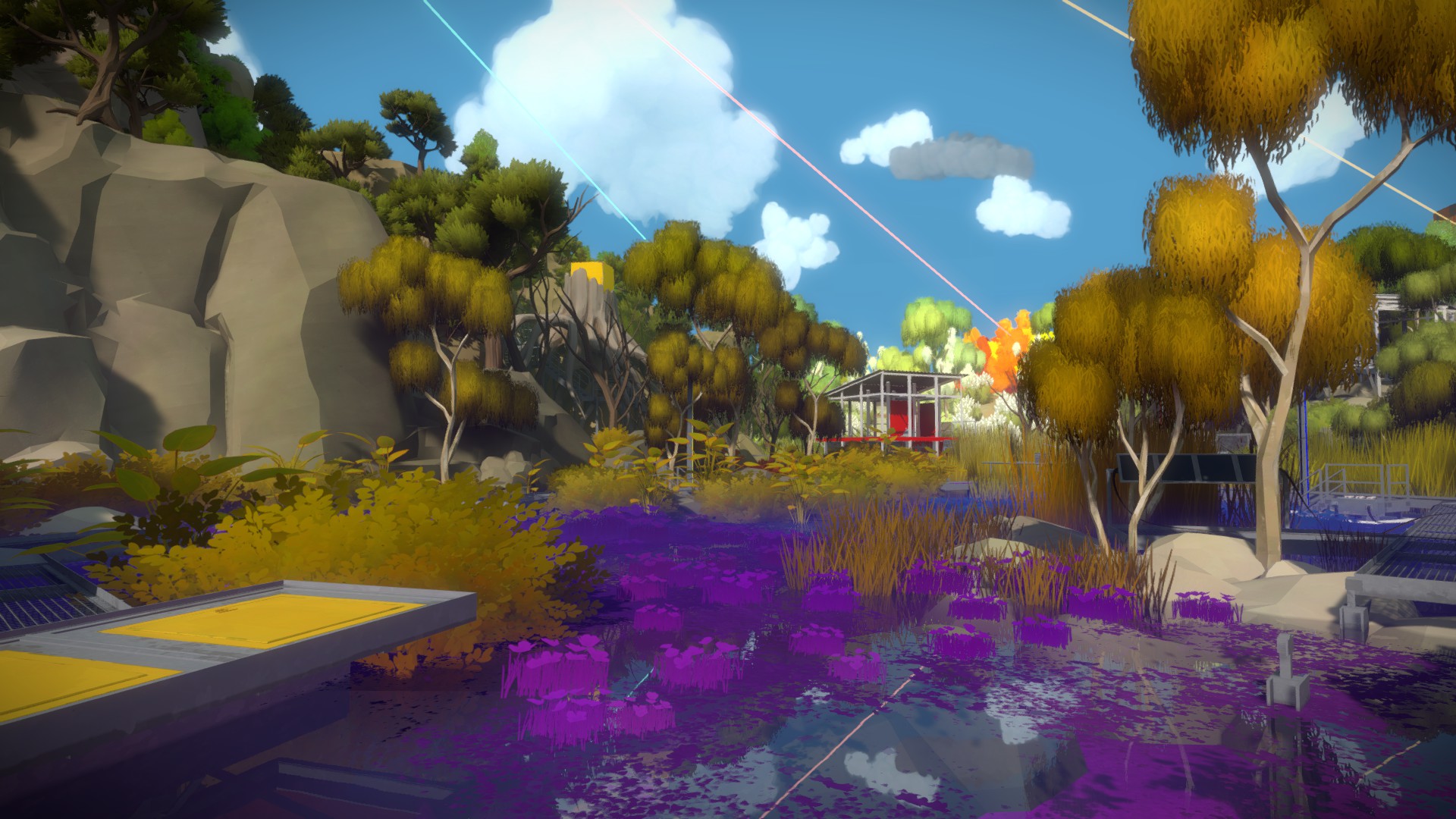
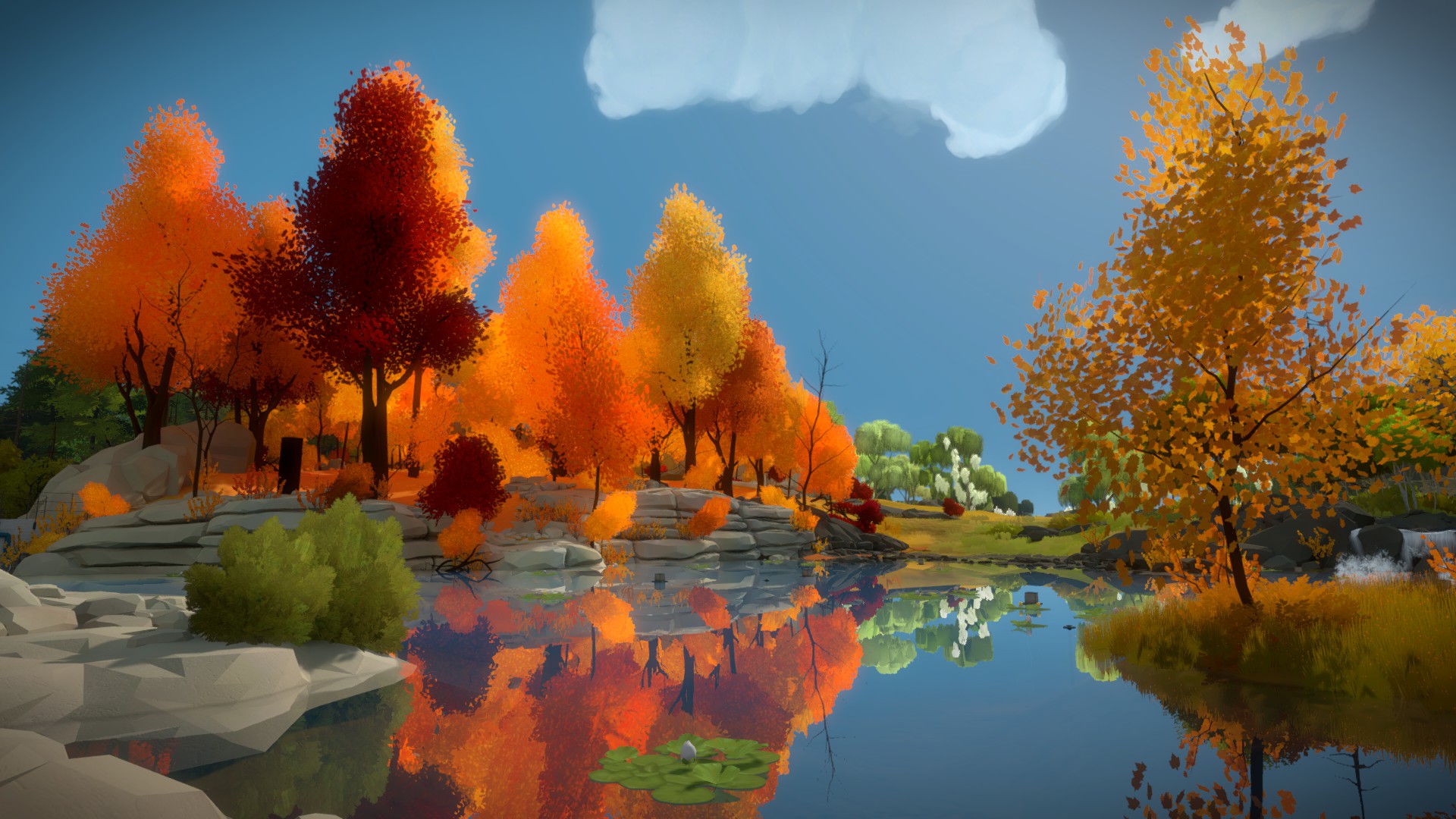
The problem with The Witness is that it is not unique or new, so it cannot be forgiven for the sins of experimental projects. There have already been The Talos Principle and Portal, which implemented the principle of one idea much more successfully, complementing it with a powerful narrative or unbeatable charisma, and we have also seen how to properly create an island filled with puzzles. And no, Blow’s creation doesn’t even come close to Myst.
In the end, all of this is more like a virtual version of a collection of “1000 crosswords” that pensioners always take with them on a train. If such a thing were to come out on an iPad (although, as far as we know, it will), it would be priceless: intricate monotonous puzzles are perfect for passing the time during a journey. However, there is too little substance here for a full-fledged pastime, that reason to bang your head against the wall for hours in hopes of triumph.
It’s not to say that the game turned out bad – for the first seven or eight hours, you experience genuine bliss from the multifaceted mechanics. The puzzles are incredibly engaging, making you think for a long time and not giving in until you at least sketch them in a notebook. But the effect wears off when you realize that behind the curtain of complex riddles, there is nothing to support a dialogue with The Witness, and to your joyful exclamation of “I’m an idiot!” it barely responds, “Me too…”
Share
Discuss
More Reviews


